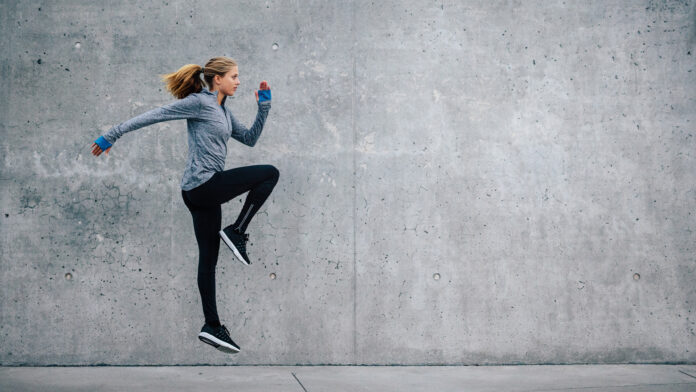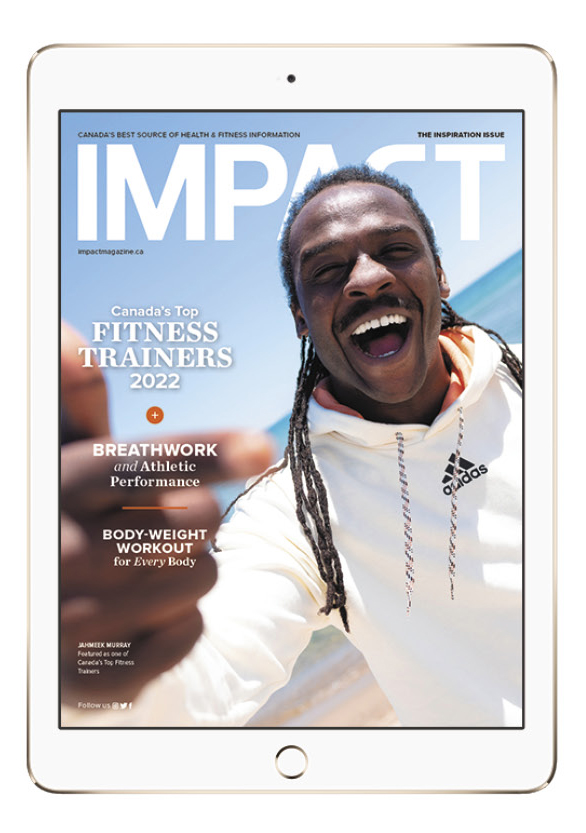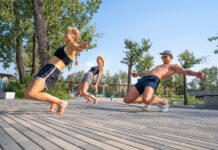
I have had two parallel careers in my life: one as a yoga and fitness instructor and one as a chiropractor for over 15 years. There have been many moments over these years where I have felt burnt out and questioned why I do both, but I have been getting closer to the nugget of why these two careers have been a mainstay in my life. With the beginning of the pandemic giving me more time, I was able to refine something I had been seeing in research, in my patients and in my own body for decades. From watching bodies move in my classes to working on common injury patterns in my patients I started to see where “lack of movement” was causing accelerated degeneration in the body.
Movement alone can light up new connections in all areas of the brain.
The developing brain of a child is constantly active. Nerve cells are budding as they make new connections in all areas of the brain. The brain is also “pruning,” removing connections that are no longer needed as skills are refined. There is a hive of activity in a developing brain and these branched unions of axons connect things we know as movement, senses, language, emotion, balance, decision making, and spatial awareness, among many others.
As the brain ages, the areas that we aren’t using become smaller and less connected. For instance, if you are not using the part of the brain that is “musical,” it will decrease in size and activity compared to the areas that are active on a daily basis. The problem with this is that we are not stimulating new connections. For the most part we are doing the same tasks with our brain on a daily basis. This pedestrian use of our brain is where “aging” happens and the brain goes from a hive of activity to a basic level of “as needed” functioning.
The great news is that you can—and should—teach an old dog new tricks, especially to keep your brain and your body young. This does not mean you need to pick up the clarinet and learn sheet music. Movement alone can light up new connections in all areas of the brain. Here are some key suggestions to keep the optimal stimulation of the brain through movement.
VARIATION
We are creatures of habit and tend to do the same type of movement as adults. If you are a runner for instance, you will spend the majority of your week lacing up your shoes and taking to the open road. What would be great, not just for the brain but also for the body, is to have at least one other form of movement during the week; one that activates different muscles and joint movements. Running and cycling take place in one plane of movement (sagittal) and introducing something with more side to side movement would be a great compliment (skate skiing, jumping jacks).
TEMPO CHANGE
If you are doing a certain tempo of movement for your dominant form of exercise, try either doing the same exercise faster or slower, or another form of movement that has a different tempo. For instance if you are doing cardiovascular exercise most of the week that involves a high heart rate, try to complement this exercise with a slower practice such as yoga or pilates.
LEARNING A NEW MOTOR PATTERN
This may have the greatest impact because learning a new motor pattern requires the most amount of new connections to be made, and we see this not only in the motor cortex of the brain, but all areas, which shows how complex learning a motor pattern is. You don’t need to learn a highly choreographed dance, you just need to try something new. Some of the most impactful types of new motor skills involve reacting to something. Which makes team sports and ball sports such as tennis, and squash real contenders.
All of the above suggestions are for changing the way neurology is working in the brain, and making new connections.
At the end of the day, all movement is good movement that will benefit the body, and the mind.
ANTI-AGING BENEFITS OF MOVEMENT
Movement will also affect the rest of the body, encouraging anti-aging processes to take place. This is why:
Activating the autonomic nervous system When we exercise, we get to “move” out the stress of the sympathetic (fight or flight) system and move into the parasympathetic system (rest and digest). The net result is stress reduction. Stress, be it emotional or physical, causes more oxidative stress to the body, which is aging.
Lymphatic flow Lymphatic fluid transports white blood cells and liquid waste within organs and between tissues. This fluid helps regulate swelling in the body and is moved primarily through the contraction of muscles. Increasing joint movement in all ranges of motion will help regulate blood pressure and water retention.
Strengthening the heart Whether you are doing cardiovascular exercise or resistance training,
the heart and vascular system are strengthened. When we strengthen the cardiovascular system it works less at rest, which increases its lifespan. It will also help infuse all the organs with oxygenated blood, including the skin.
Joint health Doing movement in all ranges of motion for the joints will break up adhesions that can build up overnight and keep the joint lubricated and the nerves that line the joint in good relationship with the supporting muscles.

Read This Story in Our 2022 Inspiration Digital Edition
Read about Canada’s Top Fitness Trainers 2022. Need new ideas for your next workout. Test your fitness levels and see how you measure up. World-renowned breath expert, Richie Bostock shows us how to breathe correctly, 7 yoga poses for a better sleep, recipes and much more!















